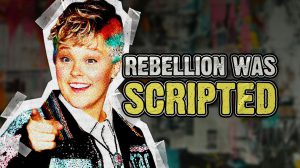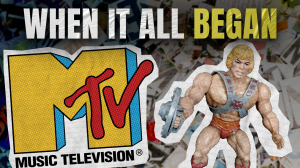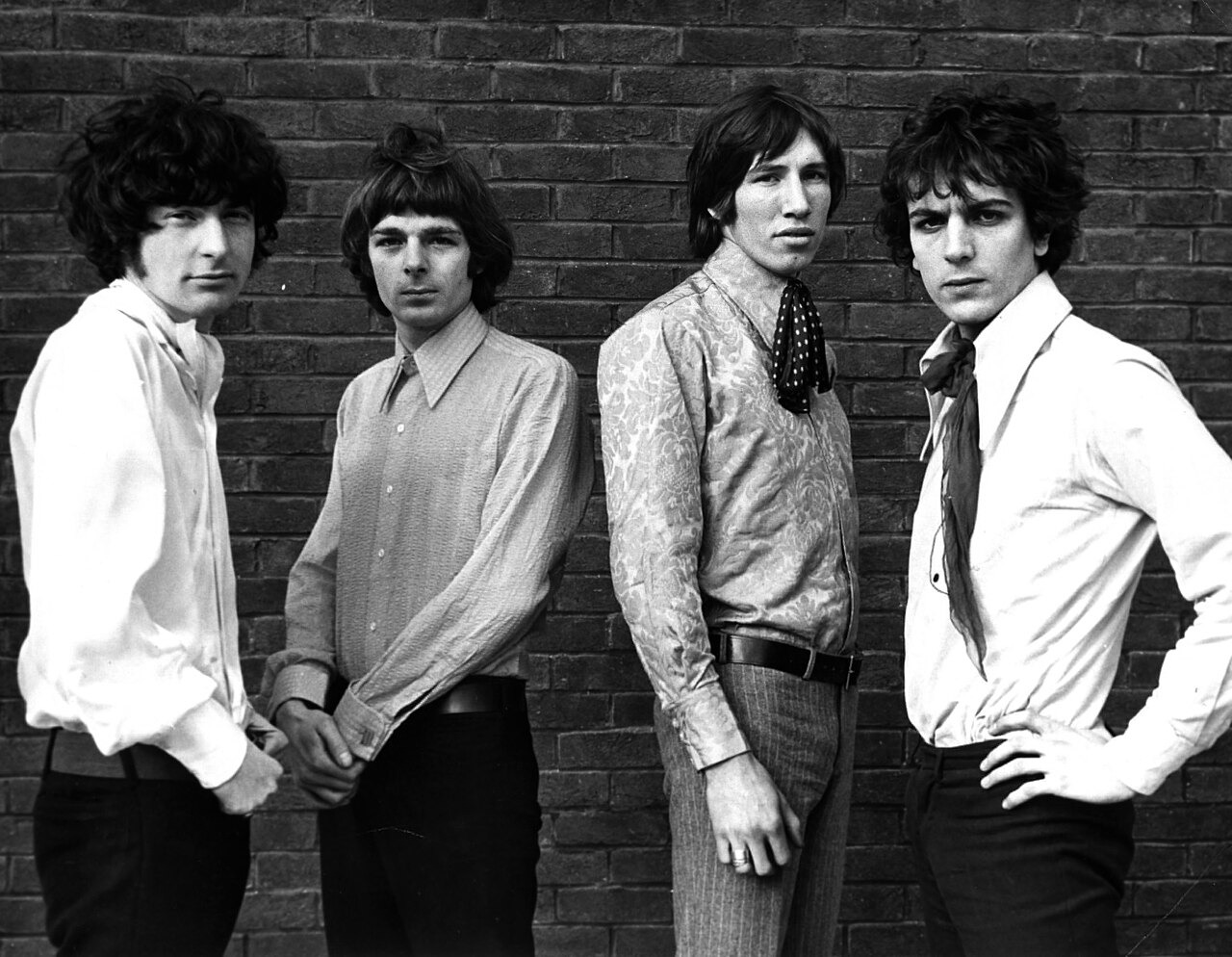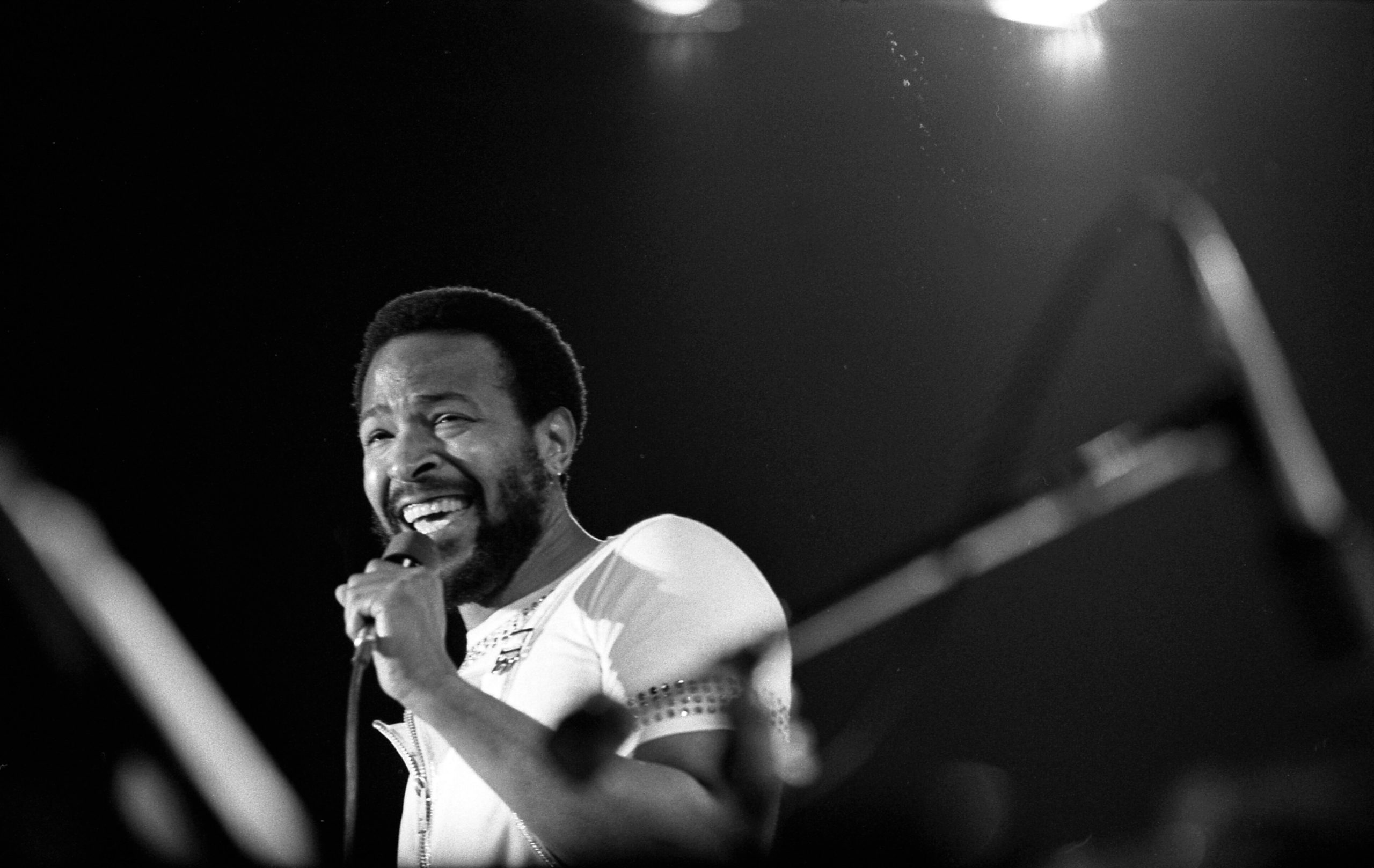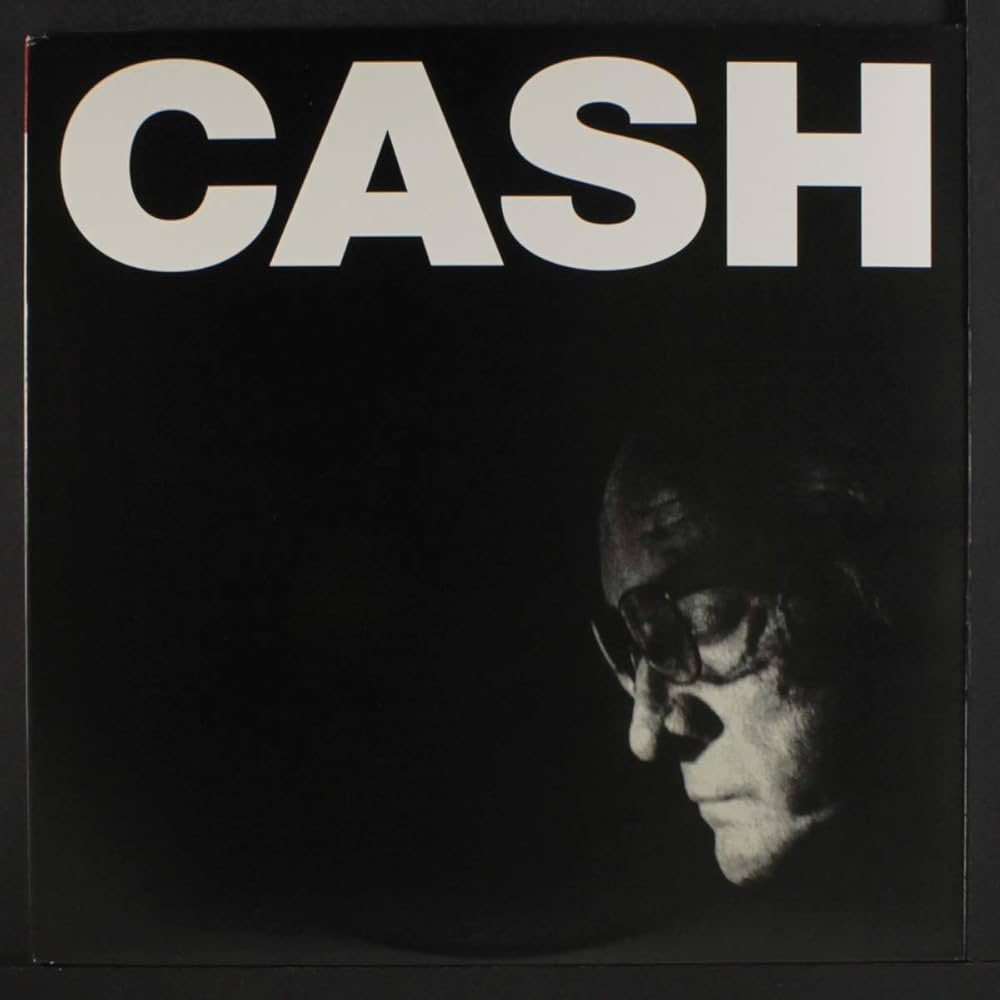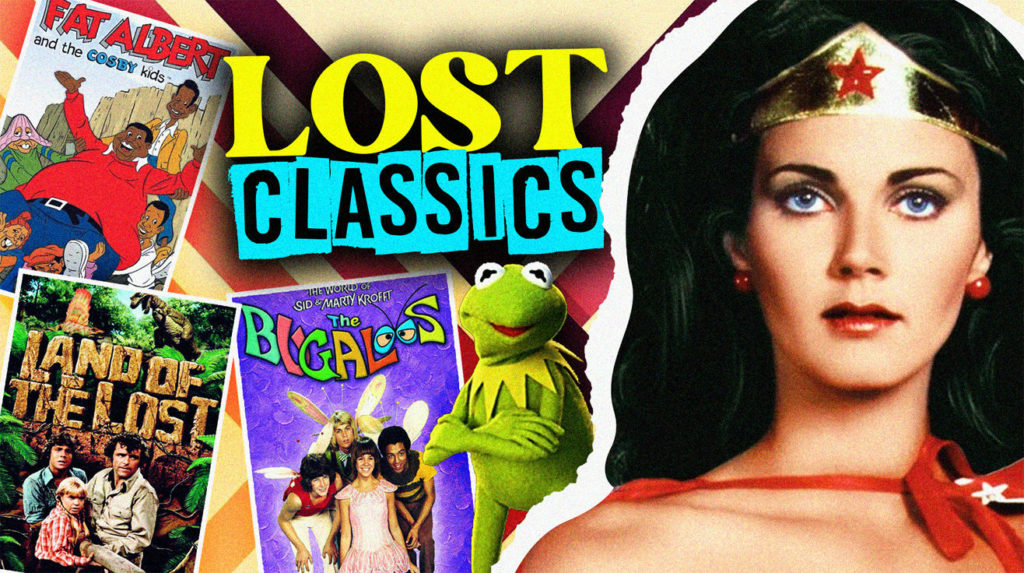
Step back into the 1970s, when television explored uncharted territories. Discover gems that sparked innovation and shaped culture. This decade dared to blend humor with social commentary. These shows broke from traditional formats and narratives. We will uncover their unique charm. You can understand how forgotten shows still influence modern television. Explore these often-overlooked shows’ lasting impact.
The Banana Splits Adventure Hour (1968-1970)

The Banana Splits functioned as psychedelic gatekeepers pulling children into a multi-dimensional variety show that made no logical sense yet felt emotionally coherent. Fleegle, Bingo, Drooper, and Snorky formed television’s first manufactured band years before The Monkees. Their theme song works like that TikTok sound you can’t escape.
This Hanna-Barbera experiment fused live-action with animation before modern hybrid shows made it standard practice. The chaotic energy and format experimentation created a viewing experience similar to scrolling through a chaotic social media feed. Though technically premiering in the late 60s, the show dominated 70s syndication, influencing Adult Swim’s absurdist programming.
Fat Albert and the Cosby Kids (1972-1985)
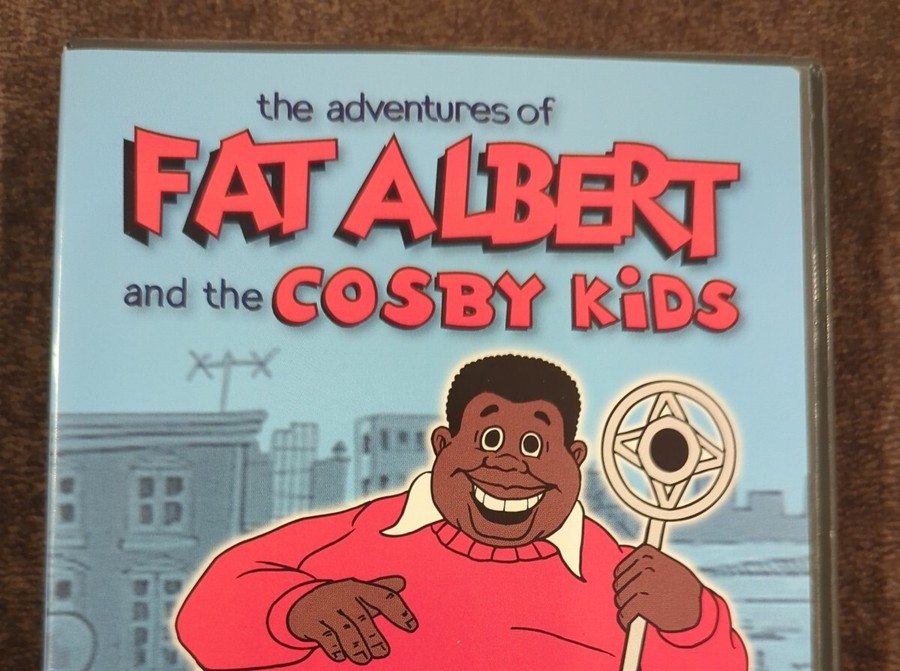
Fat Albert transformed the Philadelphia junkyard into a urban stage where real issues played out through characters who looked and sounded like kids television typically erased. The show broke ground by centering Black experiences without filtering them through white perspectives. Each episode tackled authentic challenges with straightforward clarity.
The animated series delivered social commentary through characters who felt genuine rather than tokenized. That distinctive theme music and catchphrase embedded in popular consciousness like a viral sound bite. The show’s vibrant urban setting portrayed inner-city environments as communities rich with creativity. Its approach to representation feels like a blueprint that modern shows like “Craig of the Creek” still follow.
Schoolhouse Rock! (1973-1985)
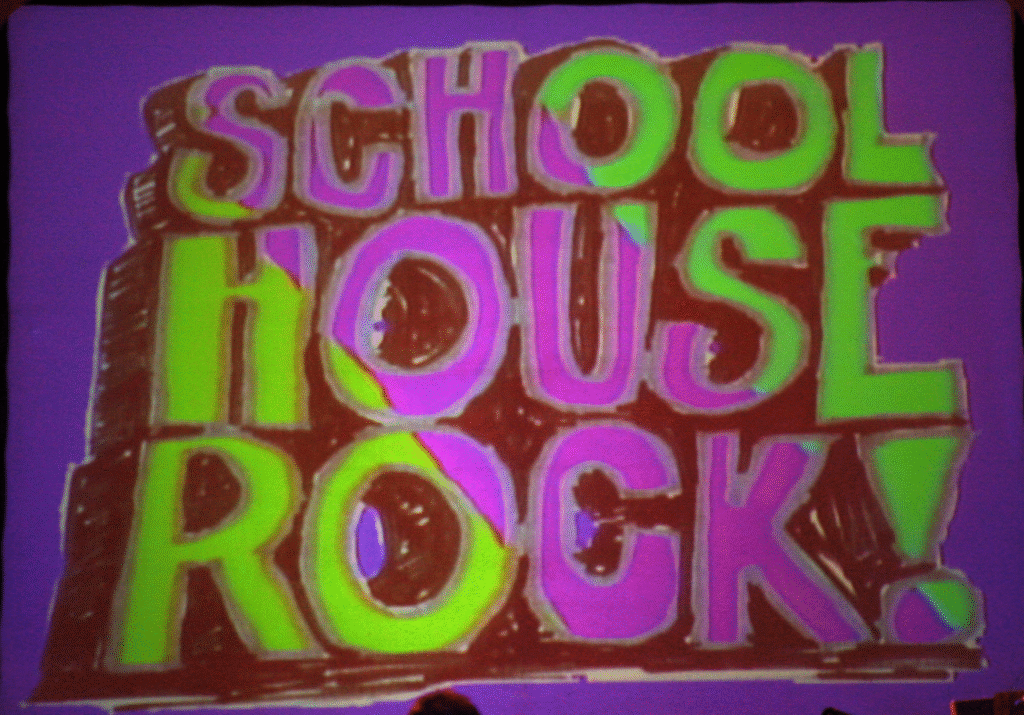
Schoolhouse Rock! weaponized earworms for educational purposes, proving information could penetrate skulls through melody better than memorization. These segments hijacked commercial breaks with stealth learning, embedding constitutional processes and grammar rules through hooks that survived decades. The format works the same way educational content creators use platform algorithms today.
The animation style varied wildly between segments like a streaming service switching between different content creators. This diversity of approach kept the format fresh while allowing experimentation. The segments’ brevity anticipated today’s short-form content consumption, demonstrating how effective narrative compression can be. These musical lessons remain so culturally embedded that even Gen Z references them without knowing their origin.
The Bugaloos (1970-1972)
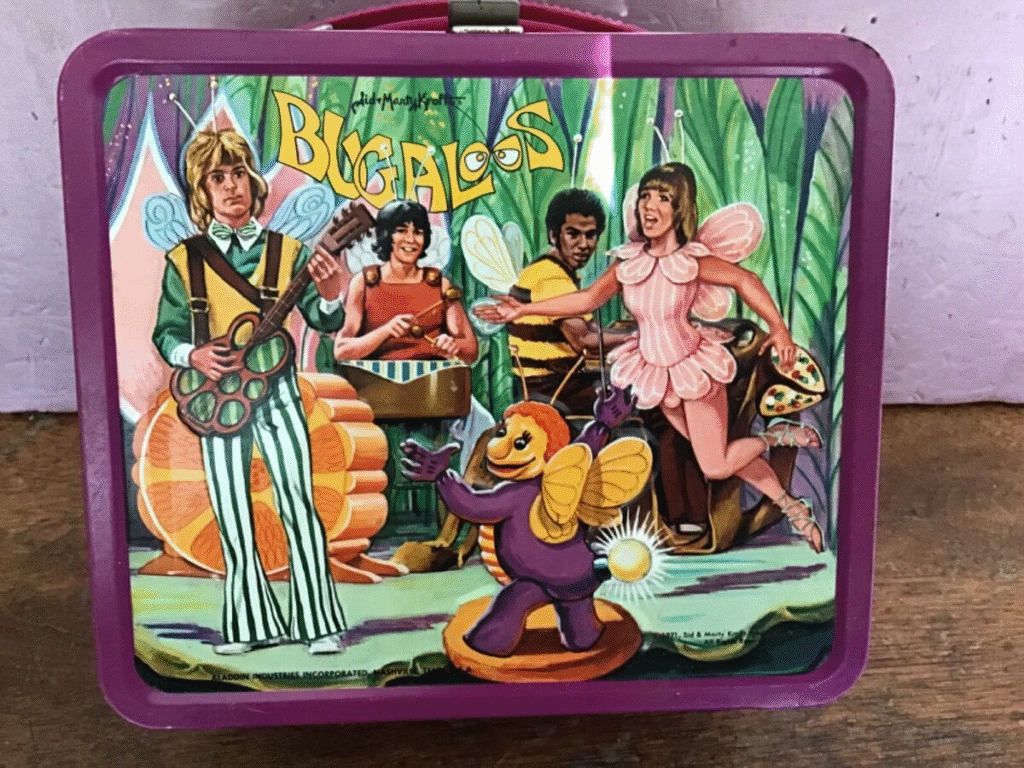
The Bugaloos created a psychedelic woodland universe where British teenagers with insect features formed a band while avoiding a jealous would-be pop star. This bizarre Krofft premise perfectly captured the moment when British invasion sounds were evolving. Joy, Courage, IQ, and Harmony navigated Tranquility Forest like the ultimate cottagecore fantasy decades before Instagram aesthetics made it cool.
The antagonist Benita Bizarre represented commercial exploitation’s threat to authentic expression—like a record label demanding viral potential instead of artistic integrity. Those original songs featured surprisingly legitimate musical craftsmanship. The show’s limited run but passionate following perfectly parallels how today’s streaming algorithms sometimes bury the most innovative content after just one season.
The Secrets of Isis (1975-1977)
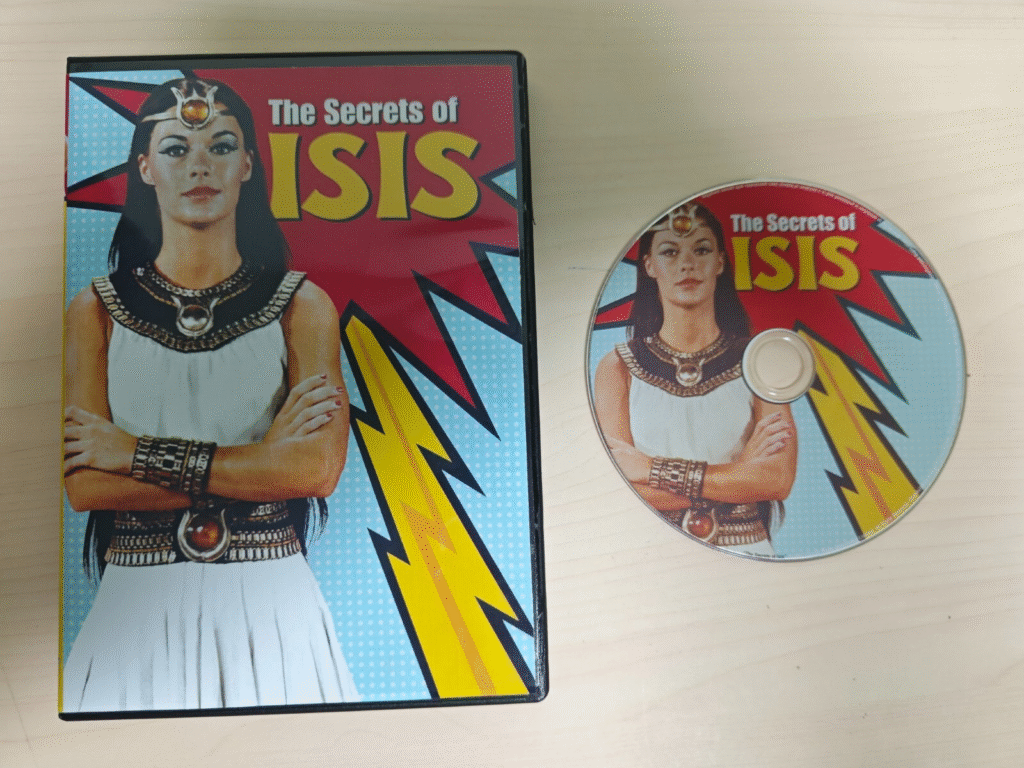
While male superheroes dominated comic shelves, Isis quietly infiltrated Saturday mornings with revolutionary female empowerment packaged as Egyptian mythology. Andrea Thomas wielding elemental powers represented a woman claiming space in a genre designed without her in mind. Her transformation sequence—a special effects moment that would make any TikTok transition challenge look basic—became a visual manifesto.
The show delivered moral lessons with the subtlety of a superhero movie post-credits scene but landed with surprising emotional resonance. Isis arrived years before Wonder Woman twirled onto network television, making her the true pioneer that history forgot. Her ability to control natural forces spoke to a generation of girls discovering their own power decades before “Captain Marvel” broke the glass ceiling.
Wonder Woman (1975-1979)
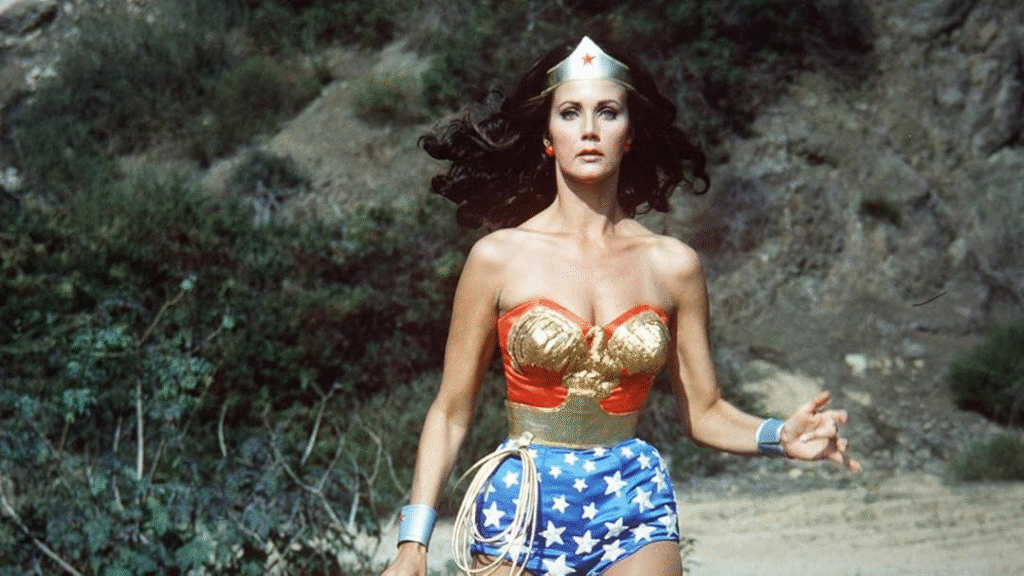
Lynda Carter’s Wonder Woman wasn’t just a superhero—she was a cultural grenade lobbed into America’s living rooms during second-wave feminism. Her golden lasso extracted truth like the perfect interview question, while those bullet-deflecting bracelets represented generations of women protecting themselves. The show reflected the same feminist energy that drives today’s conversations about representation.
The series transformed comic iconography into embodied resistance. Wonder Woman’s theme music functioned like a protest anthem, announcing female strength with brass and percussion. The shift from historical to contemporary settings tracked America’s evolving relationship with feminist ideals—moving from comfortable nostalgia to challenging present reality, similar to how modern streaming shows build audience comfort before tackling controversy.
Fantasy Island (1977-1984)

Fantasy Island functioned as America’s collective dream journal—a place where repressed desires materialized while Ricardo Montalban’s Mr. Roarke played psychological puppetmaster. This wasn’t just escapism; it was therapy for a post-Vietnam nation desperate to process its fractured identity. Each episode’s unexpected twist functioned like that moment in a Billie Eilish track when the beat drops.
The show pioneered anthology storytelling decades before “Black Mirror” made it cool again. Tattoo’s announcement of arriving guests became instantly recognizable across generational divides. Like that first viral TikTok that launches a creator’s career, Fantasy Island’s influence far exceeded its viewership numbers, teaching an entire industry how to weaponize wish fulfillment.
Land of the Lost (1974-1976)
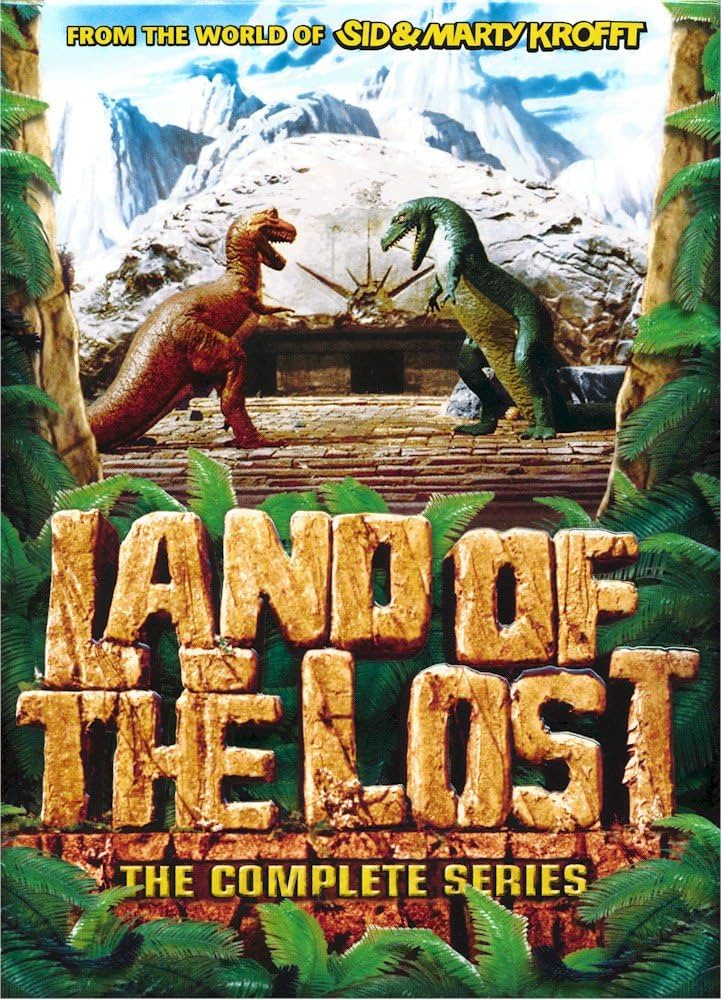
The Marshall family’s prehistoric nightmare was the original glitch in the matrix—a dimension where dinosaurs, lizard people, and existential dread collided. Kids thought they were watching a dinosaur show; parents recognized the Cold War paranoia bubbling beneath those janky stop-motion visuals. The Sleestaks haunted Gen X nightmares like that one creepypasta that kept you up all night.
Sid and Marty Krofft created a world where trust in authority figures disappeared faster than a story vanishing from your social feeds. The show’s ambitious mythology centered around time portals and ancient civilizations feels like every sci-fi rabbit hole that’s consumed your weekends. Its low-budget ambition made the impossible tangible, like indie creators making blockbuster-quality content with smartphone cameras.
Space Ghost (1966-1968)

Space Ghost’s interstellar adventures provided the perfect blank canvas for Cold War anxieties and space race optimism. His invisibility powers and wrist-mounted energy bands made him the ultimate solo artist—remote, enigmatic, and technologically enhanced. Though originally airing earlier, the character’s 1970s syndication cemented his sleek visual design, like how certain Instagram filters become synonymous with entire eras.
The intergalactic hero’s eventual reinvention as a talk show host demonstrated how 70s properties contained postmodern potential that later generations would mine for ironic commentary. This transformation parallels how today’s content creators repurpose nostalgia through remix culture. Space Ghost’s minimal animation style created iconic silhouettes that functioned like powerful logos—instantly recognizable without detail, much like modern brand aesthetics optimized for tiny profile pictures.
Lidsville (1971-1973)

Mark’s journey into a world populated entirely by living hats reads like a hallucination that somehow got network approval. This Sid and Marty Krofft creation served as television’s closest equivalent to the strangest ASMR video in your recommended feed—confoundingly weird yet undeniably visionary. Charles Nelson Reilly’s flamboyant villain chewed scenery with the theatrical abandon of a viral TikTok personality.
The show’s bizarre premise—a reality defined by headwear—created a dream logic similar to the surrealist aesthetics that dominate certain corners of social media. Lidsville cultivated devoted followers who recognized its strange brilliance while mainstream audiences changed the channel. This pattern of cult adoration despite commercial limitations mirrors how algorithm-driven platforms often bury innovative content until it builds passionate niche communities.
Captain Kangaroo (1955-1984)
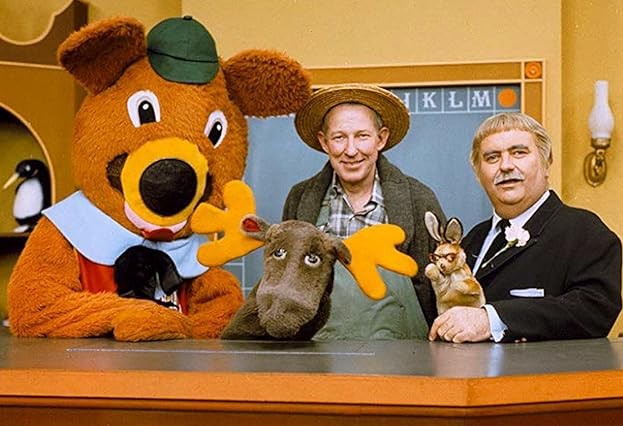
While psychedelic spectacles dominated children’s programming, Captain Kangaroo created counterprogramming through revolutionary gentleness. Bob Keeshan’s grandfatherly presence offered an alternative masculinity that valued patience and kindness over power and dominance. The show’s deliberate pacing functioned like those slow living influencers who reject hustle culture for mindful presence.
This long-running institution treated children with uncommon respect, assuming intelligence rather than pandering. The puppet characters created recurring jokes that rewarded regular viewing, building community through shared reference points. Captain Kangaroo’s influence extends through Mr. Rogers’ Neighborhood into today’s mindfulness movement, proving that quiet revolution sometimes outlasts noisy rebellion, like how ASMR creators built massive followings through whispers.
The New Scooby-Doo Movies (1972-1973)

The New Scooby-Doo Movies pioneered the crossover event years before cinematic universes made it mandatory corporate strategy. By pairing mystery-solving teens with celebrities and characters from separate properties, the show created meta-textual awareness that today’s viewers take for granted. These feature-length adventures functioned like extended versions of your favorite YouTube creator’s content.
Hanna-Barbera’s mashup approach essentially invented the remixed reality that defines contemporary entertainment. Watching Batman interact with Scooby-Doo created the same thrill as seeing unexpected collaborations on streaming platforms. The extended format allowed more elaborate mysteries that respected viewers’ growing analytical abilities. This willingness to evolve alongside audience sophistication explains why Scooby-Doo remains relevant while its contemporaries vanish from algorithms.
The Muppet Show (1976-1981)
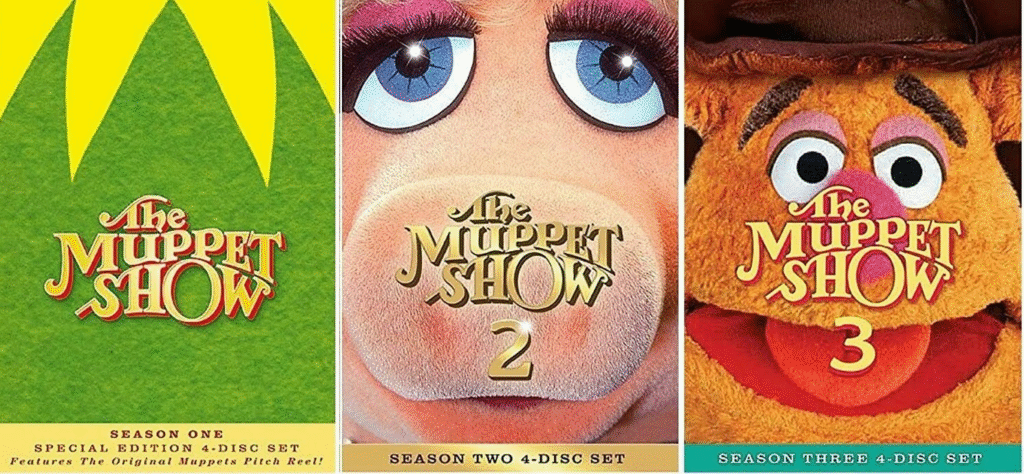
The Muppet Show wasn’t just puppetry—it was counterculture smuggled into prime time under the guise of felt and googly eyes. Jim Henson’s chaotic backstage universe functioned as a perfect metaphor for the music industry: temperamental divas and beautiful moments emerging from chaos. Kermit was essentially every content creator trying to manage production while dealing with platform algorithm changes.
This variety show subverted entertainment norms like Lizzo challenging beauty standards. Miss Piggy’s aggressive femininity, Gonzo’s bizarre performance art, and Fozzie’s painful comedy created a stage for outcasts before alternative culture had a name. The Muppets didn’t pander to children or adults—they created the perfect crossover audience that modern platforms desperately seek, with cultural resonance that outlasted countless human celebrities.
Electra Woman and Dyna Girl (1976-1977)

These crime-fighting journalists delivered justice with wrist computers decades before your Apple Watch told you to stand up. The Krofft Supershow segment’s neon aesthetic anticipated the 80s new wave explosion while its Batman parody elements carried surprising feminist undertones. Each episode began with the fictional band Kaptain Kool and the Kongs introducing the show’s segments. The program featured rotating live-action series including “Electra Woman and Dyna Girl” and “Dr. Shrinker” (whose tagline “There’s nothing finer than my shriner” would join many other things that are banned now from television due to changing cultural standards).Based on the article about 1970s TV shows,
The camp sensibility embodied the same knowing wink as your favorite ironic meme account. Those exaggerated villains and over-the-top gadgets created a visual vocabulary that today’s retro-inspired streaming shows still reference. Despite lasting just one season, the show maintained cultural relevance like that one viral moment creators try to recapture. Its technical limitations only enhanced its credibility, like how the authentic imperfections in content often connect more deeply.
Super Friends (1973-1986)

Super Friends reimagined godlike beings as team players, transforming loner power fantasies into lessons about collaboration. This Hanna-Barbera adaptation created the gateway drug for eventual comic book addiction, introducing iconic heroes through simplified moral frameworks that later grew complex. The show laid the foundation for today’s superhero-dominated entertainment landscape like TikTok established the short-form video revolution.
The later addition of the Wonder Twins reflected television’s uneasy relationship with diversity—adding “youth appeal” through new characters rather than developing existing ones. Despite network limitations, the show established visual language for superhero storytelling that remains persistent. Super Friends maintained cultural dominance through constant reinvention, similar to how successful content creators pivot with platform changes while maintaining their core identity.
Speed Buggy (1973-1975)

Speed Buggy unleashed automotive sentience decades before cars actually started talking back to us. This Hanna-Barbera creation captured America’s combustion engine love affair during the oil crisis, turning a stuttering dune buggy into everyone’s ideal road trip companion. The show’s globe-trotting mystery format feels like today’s travel vloggers who build content around personality-driven adventures.
The human-machine friendship between mechanic Tinker and Speed Buggy anticipated our current intimate relationships with technology. Those adventure scenarios played like familiar content templates with just enough customization to feel fresh. While critics dismissed it as formula television, Speed Buggy’s influence quietly spread like those dance moves that everyone copies without knowing the original creator. The anthropomorphic vehicle concept later evolved from novelty to dominance.
Sigmund and the Sea Monsters (1973-1975)
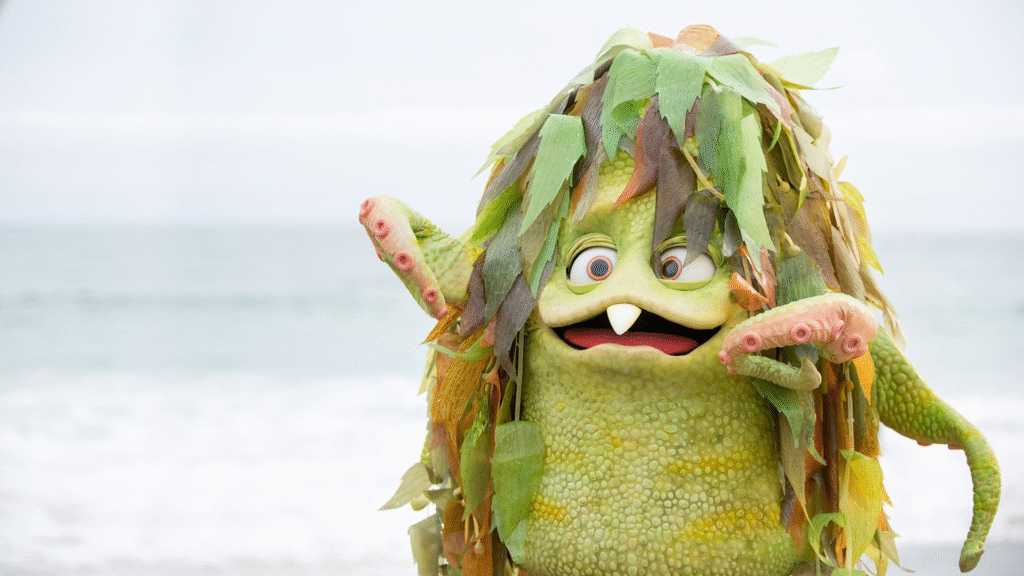
Two suburban kids hiding a sea monster rejected by his family for being too nice? Pure teenage rebellion coded for the elementary school set. Sigmund was the misunderstood outcast—the weird kid who’d be running an alt-TikTok account with a passionate following today. The Krofft brothers crafted a metaphor for finding your tribe when your biological family doesn’t understand your refusal to conform.
The show’s DIY aesthetic—rubber suits that looked assembled in someone’s garage—embodied the spirit that would later define indie creators across digital platforms. Those costume limitations forced creativity, like how platform restrictions often spark innovative solutions. Johnny and Scott’s efforts to protect their unconventional friend created a blueprint for youth solidarity that would later emerge in everything from gaming communities to Stan Twitter.
Josie and the Pussycats (1970-1972)

Josie and the Pussycats revolutionized animated representation by centering female musicians decades before streaming platforms helped level the playing field. Their signature leopard print outfits became visual shorthand for female rebellion within acceptable boundaries—dangerous enough to seem edgy yet contained enough for brand-safe content. The show’s crime-solving band concept brilliantly merged commercial appeal with progressive elements.
Hanna-Barbera’s series navigated gender politics with remarkable nuance for its time. Valerie represented one of animation’s first prominent Black female characters, though the show rarely explicitly addressed race. The globe-trotting premise celebrated female adventure when girls were still being socialized to stay close to home. These animated musicians broke barriers while delivering irresistible entertainment, much like today’s female creators who combine entertainment with representation.
H.R. Pufnstuf (1969-1970)

Before immersive virtual reality, H.R. Pufnstuf was offering children their first taste of a fully realized alternate world. This psychedelic playground existed somewhere between fantasy concept art and your strangest dreams. Jimmy and his talking flute Freddy navigated a world where everything had consciousness. The show plays like that bizarre corner of YouTube your algorithm suddenly recommends at 3 AM.
Witchiepoo’s relentless pursuit of Freddy paralleled establishment figures trying to silence creative expression. The show aired for just one season but syndicated endlessly like content that keeps resurfacing through recommendation engines. Those vivid visuals established a visual language that influenced fantasy storytelling for decades. The show represents how short-lived content can achieve immortality through cultural impact rather than longevity—like a streaming show canceled after one brilliant season.
Shazam! (1974-1977)
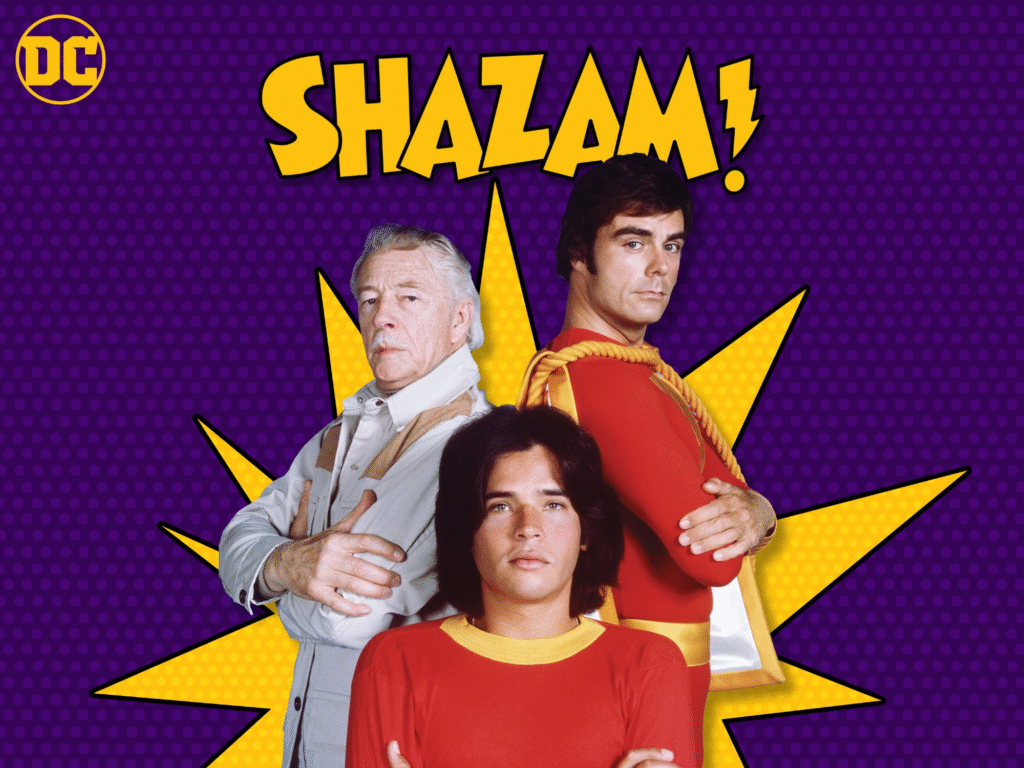
Billy Batson’s transformation into Captain Marvel through a magic word offered the perfect metaphor for adolescence—that moment when identity suddenly shifts into something powerful. This road-trip superhero format broke conventional storytelling rules like the first creator to master a new platform’s capabilities. The RV functioned as a mobile studio where lessons emerged from everyday encounters rather than epic battles.
The series anchored superhuman abilities in relatable human experience—not unlike how successful content creators balance aspirational content with authentic vulnerability. Shazam’s formula—wisdom, strength, stamina, power, courage, and speed—read like the aspirational qualities of every idealistic teen starting their first YouTube channel. The transformation sequence became cultural shorthand for instant metamorphosis, capturing that moment when a creator finds their authentic voice and connects with their audience. Compared to the wholesome, idyllic worlds created in 1960s TV shows such as The Andy Griffith Show, The Dick Van Dyke Show, and Leave It to Beaver, the shows of the ’70s were shocking in their realism. This stark contrast highlighted how quickly television evolved from things from the 60s that portrayed an idealized version of American life to more authentic storytelling.




